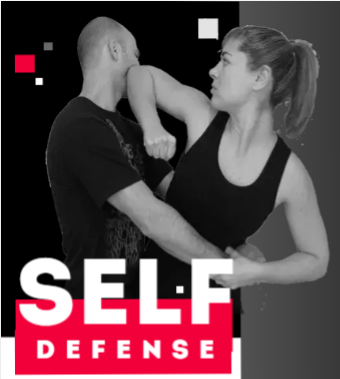Your cart is currently empty!

Personal Safety Awareness
Personal Safety Awareness: What Attackers Look For and How to Protect Yourself
Understanding the Mindset of Attackers
Studies and interviews with convicted rapists and attackers reveal patterns in how they select their victims. Understanding these factors can help women and individuals of all ages adopt habits that reduce their risk of becoming a target.
Key Risk Factors Identified by Attackers:
- Hairstyle and Appearance
- Attackers often target individuals with hairstyles that can be easily grabbed, such as ponytails, buns, or braids.
- Long hair is more likely to be a target than short hair.
- Clothing Choices
- Loose or easily removable clothing makes a person more vulnerable.
- Some attackers carry scissors to quickly cut fabric.
- Distraction
- Being preoccupied with a phone, searching through a purse, or multitasking while walking makes a person an easier target.
- Time of Day and Location
- The most common attack times are between 5:00 a.m. and 8:30 a.m.
- The top locations for abductions and attacks:
- Grocery store parking lots
- Office parking lots/garages
- Public restrooms
- Isolation Strategy
- Attackers often seek to move victims to a secondary location where they have more control and a lower risk of being caught.
- Weapons Usage
- Only 2% of attackers carry weapons, as a weapon increases their prison sentence if caught.
- Resistance Matters
- Attackers prefer easy targets. Fighting back, yelling, or resisting for even a minute can deter them.
Practical Self-Defense Tips
- Use Defensive Tools
- Carry an umbrella, self-defense tool, or pepper spray. Keys are less effective since they require close contact.
- If you have pepper spray, announce loudly: “I HAVE PEPPER SPRAY!” to discourage an attacker.
- Awareness and Eye Contact
- If someone is following you in an elevator, stairwell, or parking lot, make eye contact and speak to them. Example: “What time is it?” This makes it easier to identify them later.
- Confident body language reduces your appeal as a target.
- Assertive Actions
- If approached aggressively, hold out your hands and firmly yell: “STOP!” or “STAY BACK!”
- Attackers often avoid individuals who show signs of resistance.
- Physical Defense Techniques
- If grabbed from behind, pinch the attacker under the arm (between the elbow and armpit) or the inner thigh—both are extremely painful.
- Aim for the groin—a direct hit can incapacitate an attacker.
- If they grab you, bend their first two fingers backward as far as possible.
- Safety in Vehicles
- Get in your car, lock the doors immediately, and drive away.
- If a stranger is near your vehicle, enter from the passenger side instead.
- If forced to drive at gunpoint, crash the car into an obstacle. Your airbag can protect you, but it disorients the attacker.
- Situational Awareness in Public Spaces
- Always take the elevator instead of stairs when alone.
- If you’re being followed, run in a zigzag pattern—attackers with guns have difficulty hitting moving targets.
- Be cautious of sympathy scams (e.g., a stranger needing help with a vehicle). Serial killers like Ted Bundy used this tactic.
- Unusual Situations & Home Safety
- If you hear a crying baby outside your door late at night, do not open the door—it could be a trap. Call the police instead.
- If thrown into a car trunk, kick out the tail lights and wave your arm to signal for help.
Final Takeaways
- Stay alert and trust your instincts.
- Take someone with you when possible.
- If you feel uneasy about a situation, act on your gut feeling—better safe than sorry.
By adopting these habits and strategies, you can significantly reduce your risk and enhance your personal safety. Share this information with others—it could save a life.
